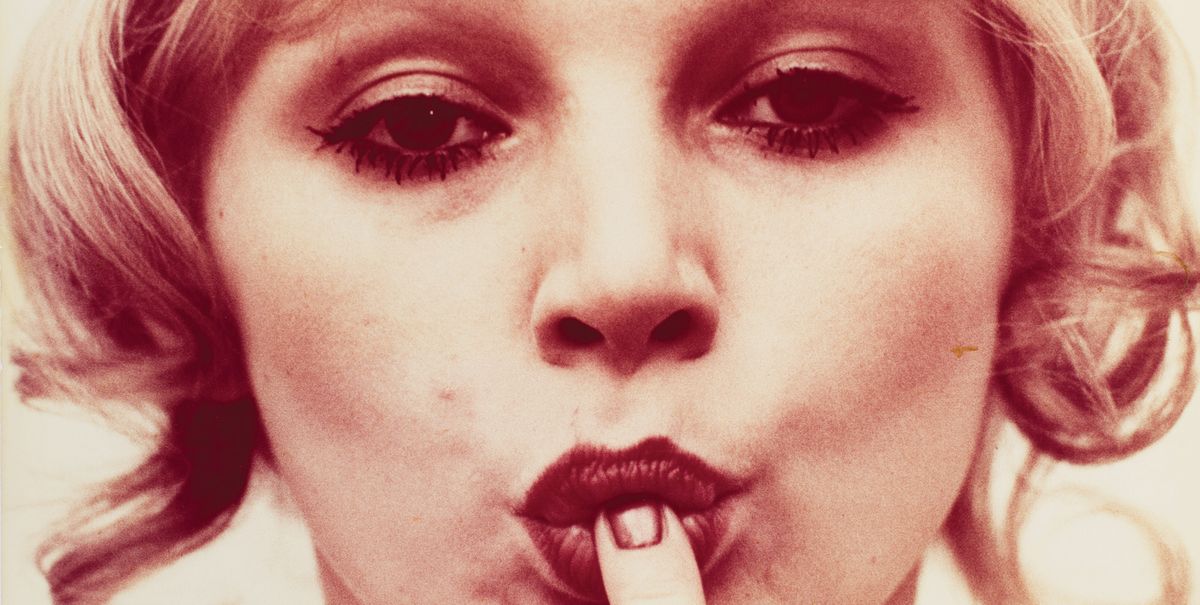The special section at this year’s edition of Frieze London promises to stop visitors in the aisles. Sex Work: Feminist Art and Radical Politics presents nine female artists working in the 1970s and 1980s, whose use of explicit sexual imagery placed them at the extreme edges of feminism. “I was interested in looking at a subset of feminist thought that has been in the margins,” says the show’s independent curator Alison Gingeras, who organised the display and is writing a book on what she describes as “sex-positive art”. “I wanted to pay homage to artists who transgressed sexual mores, gender norms and the tyranny of political correctness, and were frequently the object of censorship in their day.”
Sex Work presents pieces ranging from the giant spinning phalluses and “active cunt” paintings of the US artist Judith Bernstein to the UK-born Penny Slinger’s photographic collages of female bodies and body parts. It also includes Betty Tompkins’ large-scale photorealist paintings of sexual intercourse and Marilyn Minter’s Porn Grid pictures. Then there are the pin-up Consumer Art photographs by the Polish artist Natalia LL, the psychedelic sexual imagery of Berlin-based Dorothy Iannone, and sculptures of dildos on top of plastic cacti by the Austrian artist Renate Bertlmann.
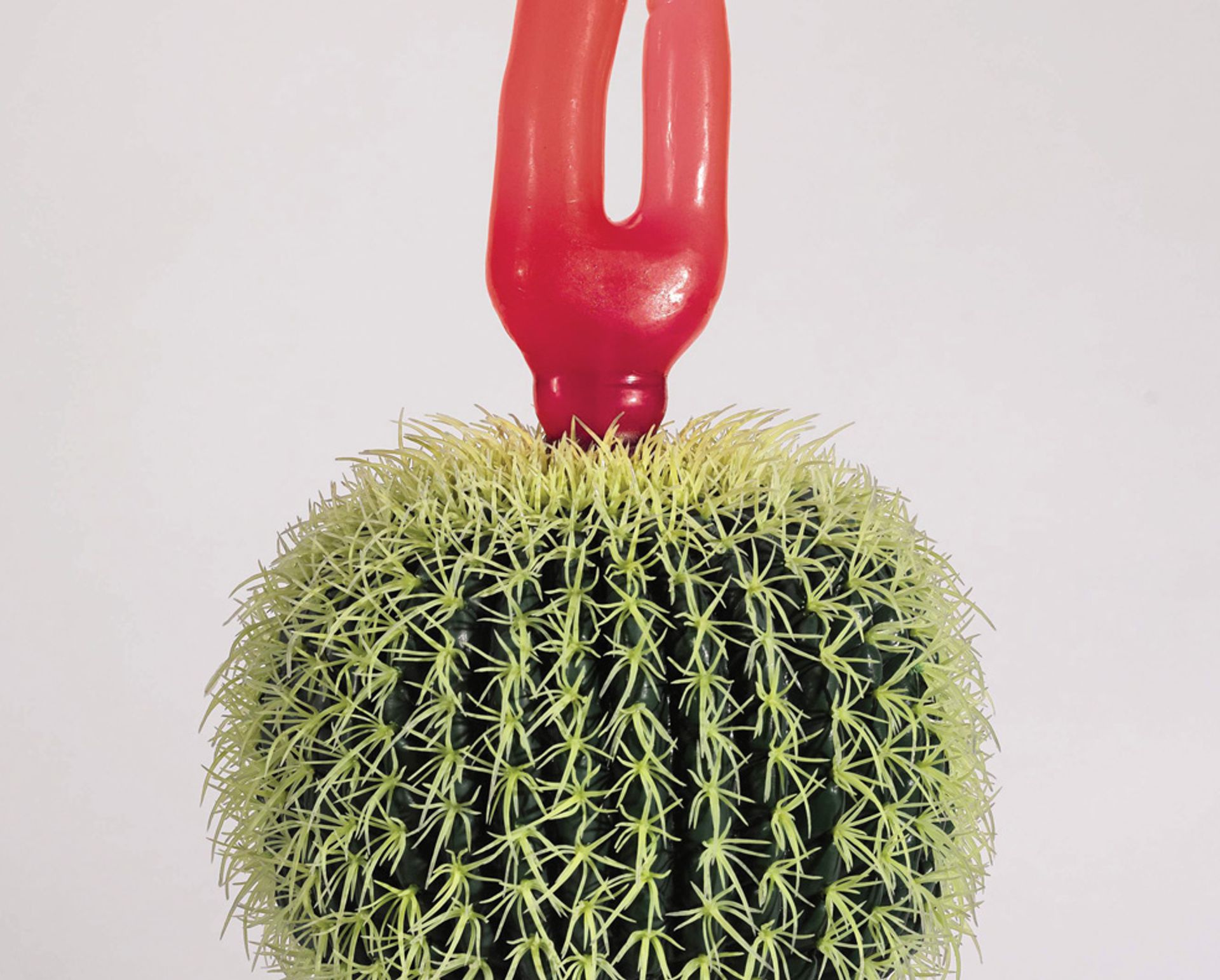
the artist; courtesy of Richard Saltoun Gallery
“Sex is part of life and [it shouldn’t] be secretive and a no-no,” Bernstein says. The anti-Vietnam War movement, sex and feminism, and feminism in general, inspired Bernstein to make her first phallic “screw works” in 1969. She then went on to create paintings of giant vaginas to express “the rage of women who were denied access to the system; it was about putting women back at the centre”.
This desire to reclaim their bodies and make art from a female perspective is shared by all the artists in Sex Work. “At that time, sexuality was so one-dimensional and male-centric—there wasn’t anything erotic for women to enjoy,” remembers Slinger, who challenged the male-dominated status quo of 1960s London. “My motivation was to be my own muse, and to become the subject and object of my own work,” she says. “The tools of Surrealism were excellent to probe the subconscious, but I used them to penetrate the feminine psyche and to express female sexuality.”
Widespread sexism gave Tompkins licence to use the transgressive imagery of hard-core porn in the 1960s, which was then illegal to distribute in the US. “Nobody gave a shit about my work because I was an artist with breasts,” she remembers. “I had the choice of either being crushed by this scenario or being liberated by it. I was free because I had no expectation for a career. Zero.”
Bored by what she saw in the New York galleries at the time, she chose to work with hard-core pornography because “it was dangerous imagery and I liked that. It wasn’t a bunch of oranges or beer cans or Pop. It was so charged and so exciting.” Not much had changed by the late 1980s, when Minter noticed that women did not have the means to make porn for distribution or their own amusement. “I just thought, well it’s time for them to start,” Minter says.
This enthusiasm for overtly sexual imagery was not shared by the art world or society at large. All the artists in Sex Work experienced censorship, including Iannone, who witnessed the Kunsthalle Bern demand that she cover genitalia depicted in her work in 1969. Iannone later created an artists’ book about her experience called The Story of Bern. Tompkins’ paintings remained under her pool table for decades after offers to exhibit her work dried up when some of her pictures were refused entry into Japan and Paris in 1973.
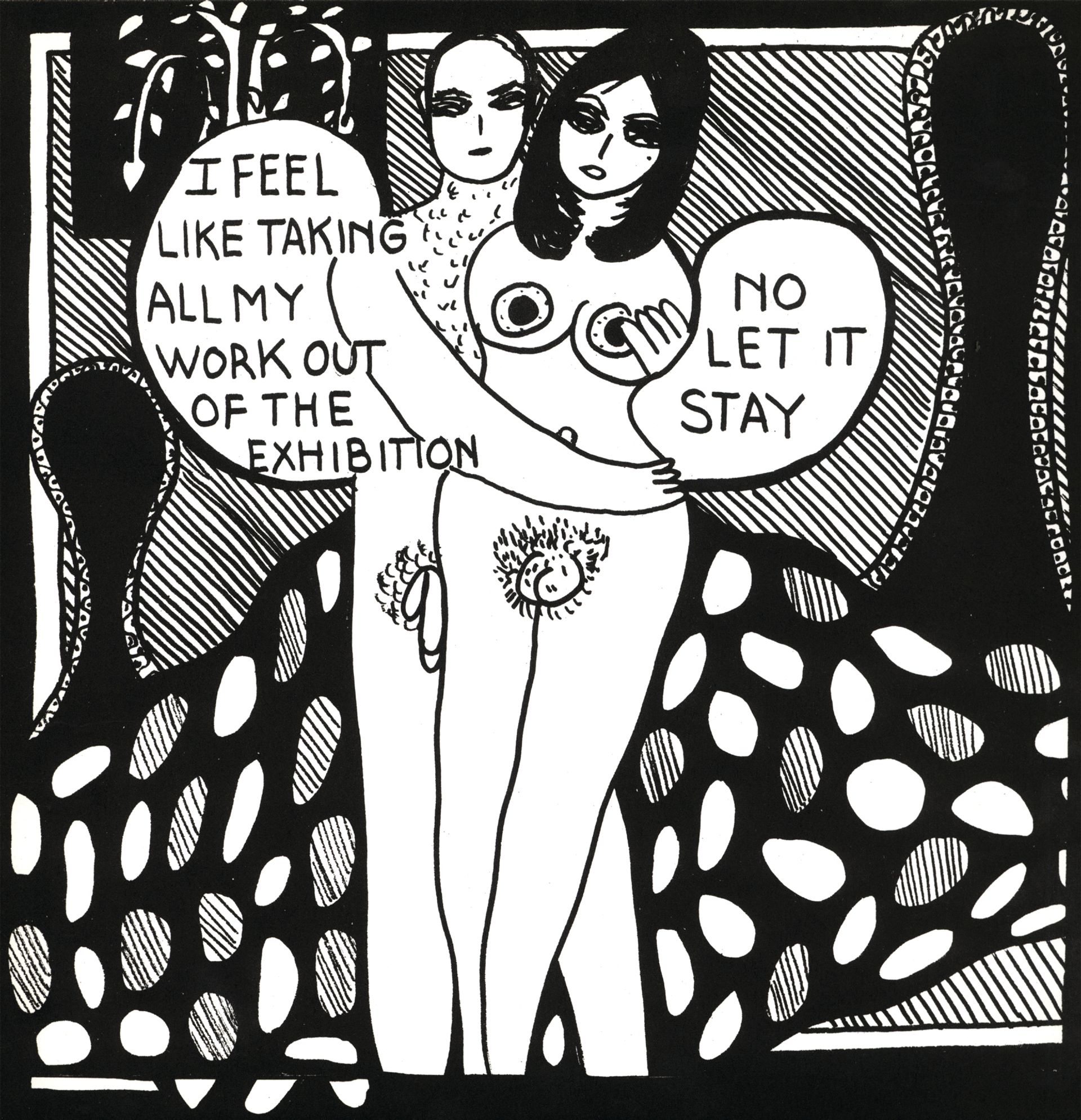
courtesy of the artist and Air de Paris
When Bernstein’s phallic painting, Horizontal (1973), was excluded from an important exhibition of female American artists at the Philadelphia Civic Center in 1974, it effectively scuppered her career for the next 25 years. “There was an enormous amount of fear [from men] because it was a woman making these giant phalluses and mine were bigger than theirs,” she says. After having stocks of her book burned by British customs in 1978, and sickened by male collectors’ assumption that “I came with the work”, Slinger exiled herself from the art world and went to live in the Caribbean. Meanwhile, in Communist Poland, Natalia LL remained largely underground.
Most of these artists were also ostracised by the feminist movement. “Feminism was very narrow and self-referential,” Bernstein says. Minter was told that feminists did not make work like hers: “I was a traitor to feminism.” Others felt little affinity with the women’s movement at the time. Slinger, for example, found English feminist circles “very political and not sexy at all”.
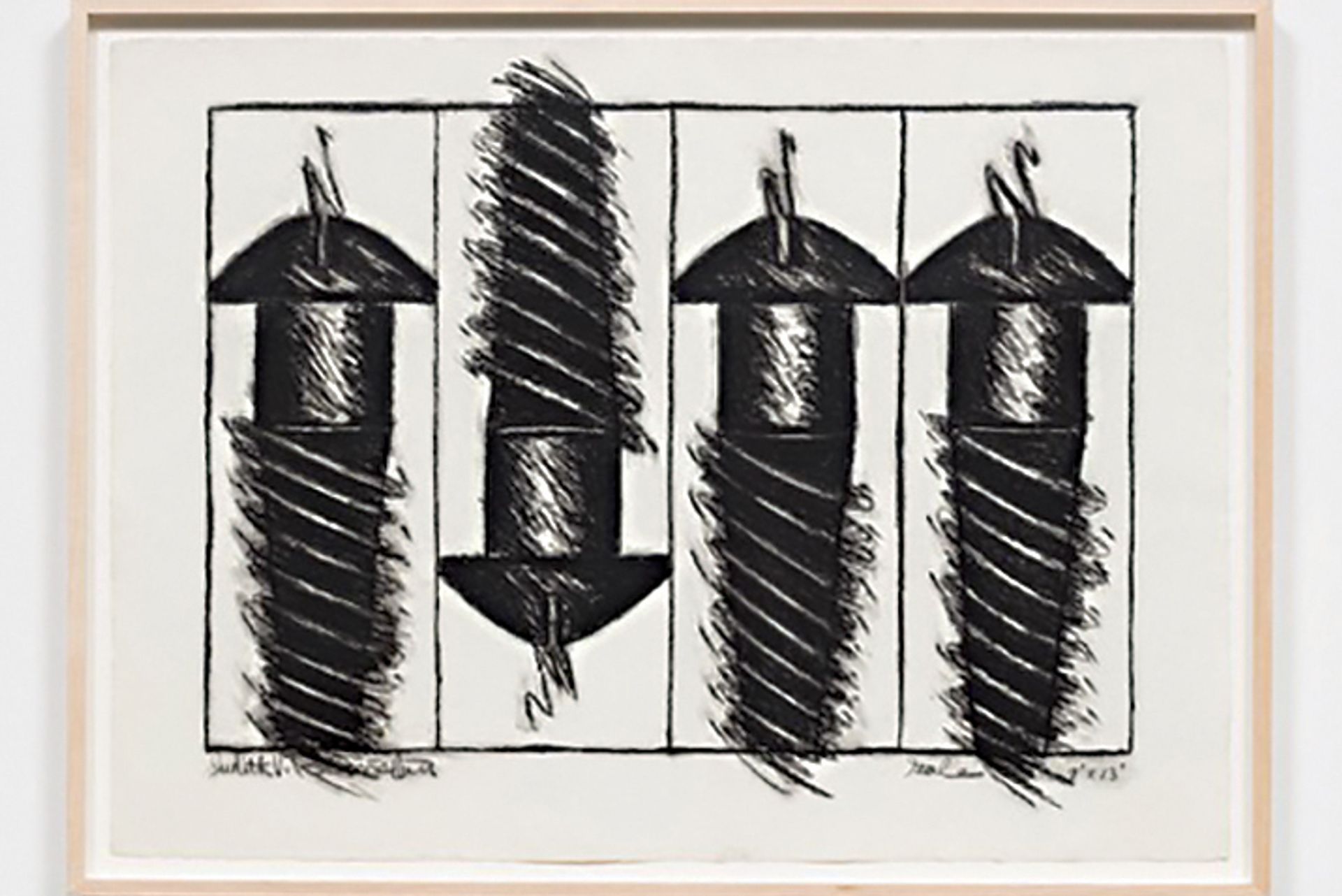
the artist
This hostile environment meant that only a handful of galleries offered to show these artists outside of what Gingeras describes as “the consensual canon” of mainstream feminism. A.I.R. [Artists in Residence] Gallery—the first not-for-profit, artist-run gallery for female artists—was one such gallery. Based in Brooklyn, the 45-year-old gallery is represented in Sex Work with a timeline and archive material.
Now, these radical feminists are all represented by commercial galleries and interest in their work is burgeoning after decades of obscurity. Indeed, this year Bertlmann became the third woman ever to receive the prestigious Grand Austrian State Prize. “Museums are now starting to make real commitments to this type of art, and collectors are beginning to follow,” says Minter’s gallerist and Salon 94 founder Jeanne Greenberg Rohatyn, noting that they are finally being integrated into the master-narratives of art history and feminism.
All agree that their choice of subject matter resonates especially strongly in today’s social and political climate. “It’s the right time for work that is sexual,” says Bernstein, who is working on a Cock Man series about US President Donald Trump. But it is Tompkins who sums it up best: “Our survival is the best revenge.”
• Frieze London Talk, Alt-Feminisms (with Alison Gingeras, Renate Bertlmann, Cosey Fanni Tutti, Marilyn Minter and Penny Slinger), Thursday 5 October, 12.30pm
It’s a woman’s world
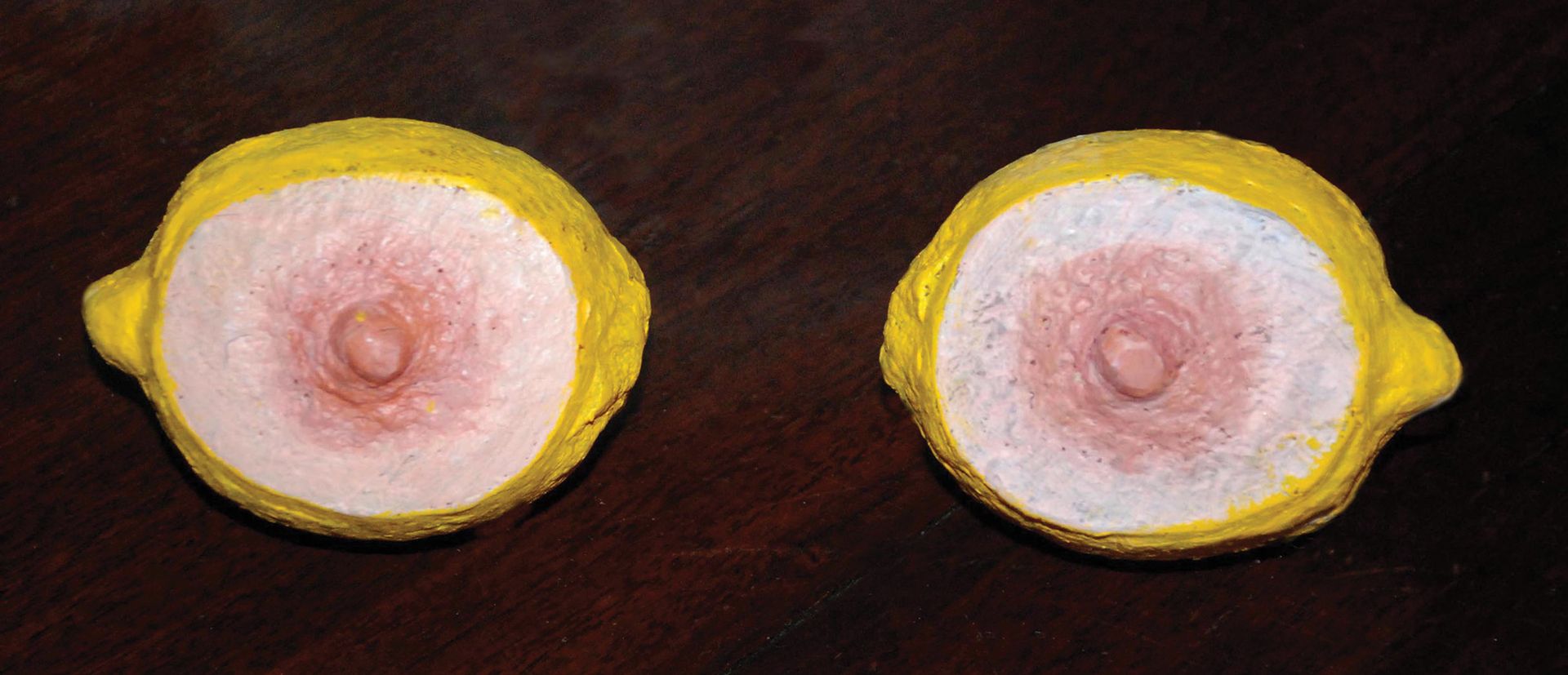
courtesy of the artist
Penny Slinger
The British artist who now lives in the US (born 1947) studied at Chelsea College of Arts in London. She first exhibited in the show Young and Fantastic at the ICA in 1969 and won over the critics with her provocative photo collage works that explore the feminine using Surrealist visual language. She later turned her attention towards exploring the Tantra and the spiritual side of her work.
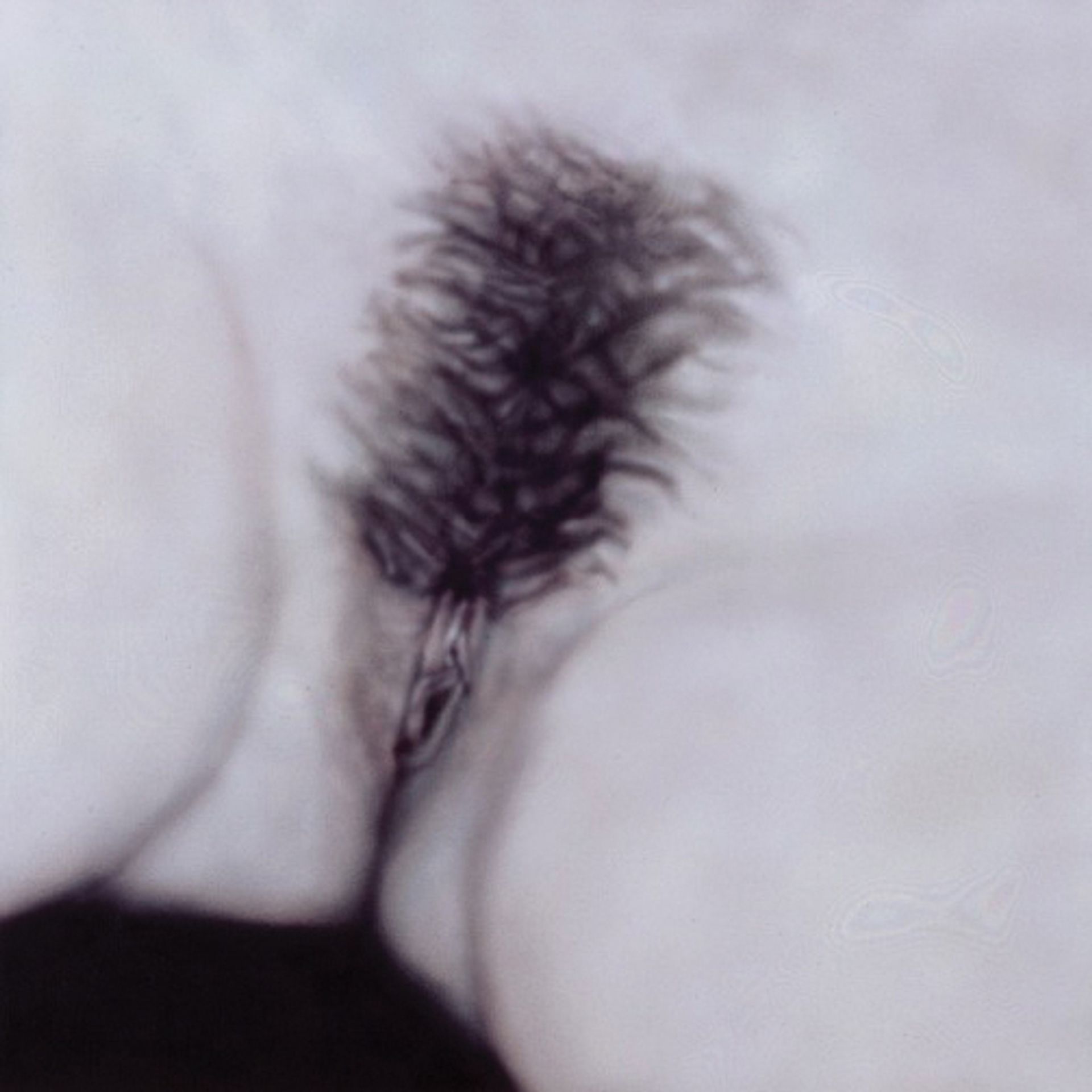
courtesy of the artist
Betty Tompkins
The US artist (born 1945) trained as an abstract painter at Syracuse University but began to create large-scale photorealistic paintings between 1969 and 1974 based on found pornographic images. “I realised… I could create these beautiful abstract images out of the part of the photograph that was most compelling, which, of course, was the explicit sex part,” she says. Her Fuck Paintings were exhibited together for the first time at the Mitchell Algers Gallery in New York in 2002. Subsequent series include the Cow Cunt paintings, which repurpose Courbet’s Origin of the World (1866), and Women Words, Phrases and Stories, which are individual paintings of words used to describe women.
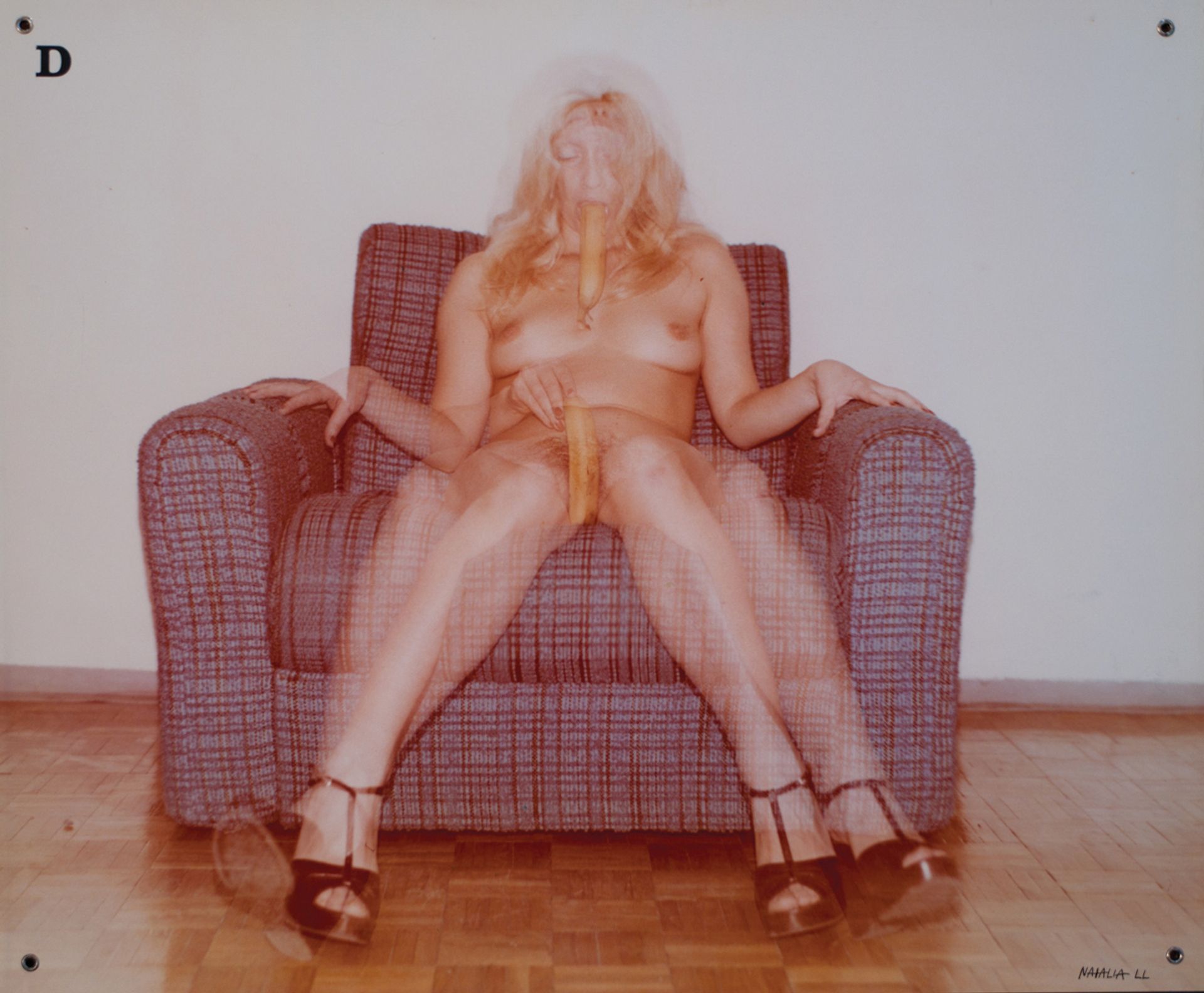
the artist; courtesy of lokal 30 gallery, Warsaw
Natalia LL
A pioneer of feminist art in Poland, Natalia LL (born 1937) is a graduate of the Academy of Fine Arts in Wroclaw and co-founder of the now defunct gallery Permafo. Her works, including the series Artificial Photography, address the female subject within a patriarchal and consumerist society. One of her most famous series is Consumer Art (1972-75), in which attractive female models provocatively eat a variety of suggestively shaped foods, but gaze firmly back at the viewer.


